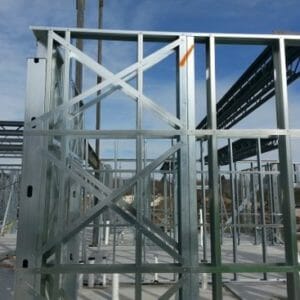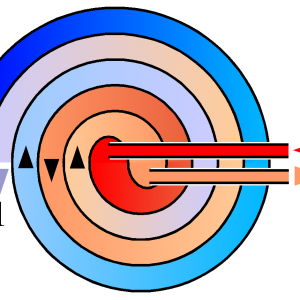No products in the cart.
E – 1617 Accuracy Standards for Land Surveys
$75.00
Courses Included
This course sets forth accuracy standards and other related criteria that are recommended for use in large scale site plan topographic surveys for engineering and construction purposes. These standards relate to surveys performed to locate, align, and stake out construction for projects, e.g., buildings, utilities, roadways, runways, flood control and navigation projects, etc. In many cases, these engineering surveys are performed to provide the base horizontal and vertical control used for area mapping, GIS development, preliminary planning studies, detailed site plan drawings for construction plans, construction measurement and payment, preparing as-built drawings, installation master planning mapping, future maintenance and repair activities, and other products. Most engineering surveying standards currently used are based on local practice, or may be contained in state minimum technical standards.
Course Outline
1. PURPOSE
2. GENERAL SURVEYING AND MAPPING SPECIFICATIONS
3. ACCURACY STANDARDS FOR ENGINEERING AND CONSTRUCTION
4. ACCURACY STANDARDS FOR MAPS AND RELATED GEOSPATIAL PRODUCTS
5. PHOTOGRAMMETRIC MAPPING STANDARDS AND SPECIFICATIONS
6. CADASTRAL OR REAL PROPERTY SURVEY ACCURACY STANDARDS
7. HYDROGRAPHIC SURVEYING ACCURACY STANDARDS
8. STRUCTURAL DEFORMATION SURVEY STANDARDS
9. GEODETIC CONTROL SURVEY STANDARDS
10. STATE AND LOCAL ACCURACY STANDARDS
11. MANDATORY STANDARDS
This course will give professional engineers and land surveyors a better understanding of land survey accuracy standards.
Description
This course sets forth accuracy standards and other related criteria that are recommended for use in large scale site plan topographic surveys for engineering and construction purposes. These standards relate to surveys performed to locate, align, and stake out construction for projects, e.g., buildings, utilities, roadways, runways, flood control and navigation projects, etc. In many cases, these engineering surveys are performed to provide the base horizontal and vertical control used for area mapping, GIS development, preliminary planning studies, detailed site plan drawings for construction plans, construction measurement and payment, preparing as-built drawings, installation master planning mapping, future maintenance and repair activities, and other products. Most engineering surveying standards currently used are based on local practice, or may be contained in state minimum technical standards.
Course Outline
1. PURPOSE
2. GENERAL SURVEYING AND MAPPING SPECIFICATIONS
3. ACCURACY STANDARDS FOR ENGINEERING AND CONSTRUCTION
4. ACCURACY STANDARDS FOR MAPS AND RELATED GEOSPATIAL PRODUCTS
5. PHOTOGRAMMETRIC MAPPING STANDARDS AND SPECIFICATIONS
6. CADASTRAL OR REAL PROPERTY SURVEY ACCURACY STANDARDS
7. HYDROGRAPHIC SURVEYING ACCURACY STANDARDS
8. STRUCTURAL DEFORMATION SURVEY STANDARDS
9. GEODETIC CONTROL SURVEY STANDARDS
10. STATE AND LOCAL ACCURACY STANDARDS
11. MANDATORY STANDARDS
This course will give professional engineers and land surveyors a better understanding of land survey accuracy standards.
- Learn about general surveying and mapping specifications. for construction plans, maps, facility plans, and CADD/GIS databases;
- Learn about published surveying and mapping accuracy standards, such as the American Society for Photogrammetry and Remote Sensing (ASPRS), the American Society of Civil Engineers (ASCE), the American Congress on Surveying and Mapping (ACSM), and the American Land Title Association (ALTA);
- Learn about quality control (QC) practices for contracted surveying and mapping work to be performed by a contractor;
- Learn why, when practical, feasible, or applicable, projects should be adequately referenced to nationwide or worldwide coordinate systems directly derived from, or indirectly connected to, GPS satellite observations;
- Learn how engineering and construction surveys are normally specified and classified based on the horizontal (linear) point closure ratio or a vertical elevation difference closure standard; and
- Find out about construction survey procedural and accuracy specifications developed by recognized industry and local practices.









